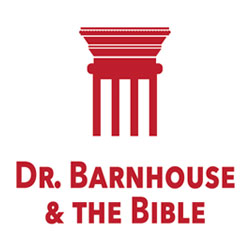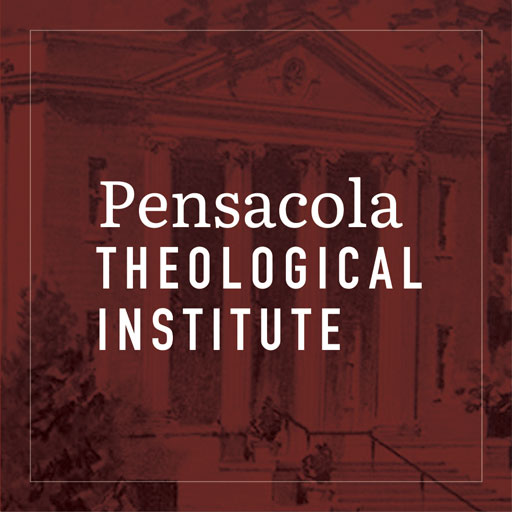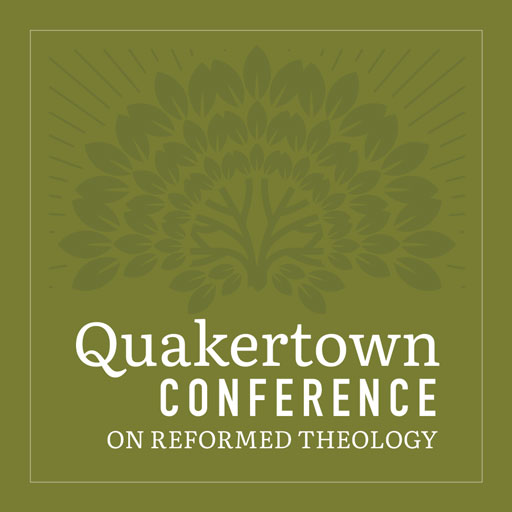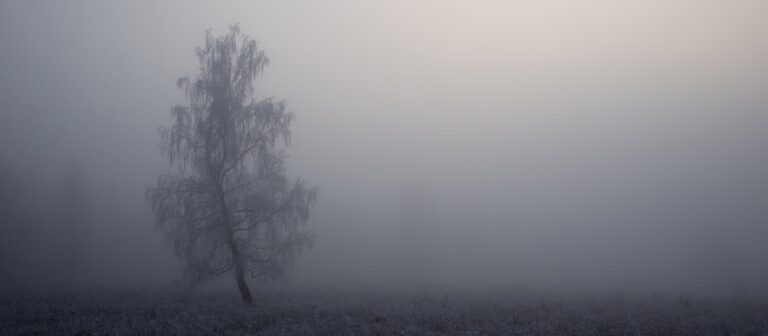
Christiana Tsai and Her Persistence in Trials
Christiana Tsai and Her Persistence in Trials
One day, Christiana Tsai woke up to find the room spinning around her. Her body grew stiff while the light stabbed her eyes as with daggers. This was the beginning of a long, intermittent illness that doctors could not explain.
Her inability to move lasted seventeen days but the uncertainty about recovery made them seem longer. Even after she regained her mobility, she continued to be unable to speak for eight months and her eyes were never again able to stand the light, forcing her to spend her life in dimly-lit rooms. A doctor told her she only had days to live. The final diagnosis was a combination of dysentery, pellagra, and especially malaria of the bones – a rare occurrence when the malaria parasites enters the bone marrow.
Christiana’s Early Life
When her symptoms started, Christiana had been a Christian for about 20 years. Born in Nanking, China, on February 12, 1890, she was the 18th of 24 children born to the vice-governor of Jiangsu Province during the last years of the Qing Dinasty. Her birth name was Cai Sujuan. A wealthy man, her father secured for his family a life of privilege and ease.
He couldn’t, however, secure their happiness. Tsai’s brothers habitually wasted their father’s money with gambling and loose living. Her sisters, married into rich families, were mistreated by their in-laws. Opium addiction plagued her whole family.
Frightened by these evils, Tsai determined to avoid them by being a good Buddhist. She read Buddhist scriptures, offered incense, followed a vegetarian diet, and even sought admission to a Buddhist convent. When her father was gravely ill, she cut off a piece of flesh from her arm to use it in a soup she believed would heal him. (He did, but she later understood this as a merciful act of God).
None of these efforts provided relief. “Buddhism, which is a religion of escape from the realities of life, only deepened my pessimism,” she said.
A fascination with the English language prompted Tsai to enroll in a girls’ school in Nanking, founded by Presbyterian missionaries Charles and Lucy Leaman. After the Revolution of 1911, she moved to a mission boarding school in Suzhou, in southern Jiangsu for advanced studies in English and music.
Knowing these missionaries wished her to be a Christian, Tsai determined to resist their persuasions. She took Chinese novels to read during the mandatory church service and planned to write a book together with a friend, denouncing Christianity and promoting Buddhism and Confucianism as sufficient guides through life.
But when an American came to preach at the school’s chapel, she decided to pay attention in order to improve her English. His illustration of Jesus as the light of the world exposing the works of darkness brought to her mind a time from her childhood where she had lifted up a white stone and a bunch of bugs had scurried away.
“I now saw the hypocrisy of saying that I was following our Chinese traditions of love, righteousness, truth, and virtue,” she said, “and I knew in my heart that I was a sinner too.” She prayed, “Lord, forgive my sin and help me to understand Thy Word”[1]
Spreading the Gospel
It was a breakthrough moment. After this, she was baptized and began to study the Scriptures, then returned home to evangelize her family, only to be mocked and rejected. Eventually, 55 of her family members, moved by her conviction and persistent love even for those who mistreated her, turned to Christ. Her mother was also healed of her opium addiction.
Tsai worked for a while as a music teacher at the Presbyterian Mingde Girls’ School. There he met a Chinese professor who was also a Christian, and the two planned to get married. Tsai was looking forward to their wedding until, during a course of studies in America, he adopted liberal views that denied supernatural events in the life of Christ. Unable to dissuade him, she broke off their five-year engagement and remained single.
In 1914, a three-million-dollar donation by an American businessman, Milton Stewart, allowed the missionaries in China to print Bibles and tracts and travel throughout the country. Tsai joined them from 1914 to 1920, visiting 11 out of the 18 Chinese provinces.
During her travels, she and her friend Mary Leaman (daughter of Charles and Lucy and previous principal of the Nanking missionary school) realized that there were more Chinese Christians in areas where a phonetic Bible in Romanic characters had been produced. Chinese characters, as vital as they are in Chinese culture, are difficult to master so only few people can read them.
The two women also noticed that people could learn to read phonetic characters in s few weeks of intensive study, as opposed to years with the traditional ones. The few existing phonetic Bibles, however, followed the local dialects. Tsai and Mary saw the need for a standardized phonetic Bible for all of China. From 1930 to 1937, the two women worked together on such a project, with the approval of the Chinese government.
Before starting, they took a trip to the U.S. where they visited many churches. During these travels, Tsai handed out to the children some Chinese coins with a hole in the center, telling them to hang them on their window curtains so they would see them at night and remember to pray for the children in China where it was morning.
Comfort in Illness
Tsai fell ill during the early stages of her Bible project and had to stay in bed for many months. As soon as she was able to move and speak again, she determined to continue to evangelize. Unable to leave her dimly-lit room, she tied tracts on the collar of her white Persian cat and sent her out. Each time, the cat returned with an empty collar.
Tsai’s very illness became a witness. When the first doctor predicted she would only have three days to live, a man who had been resisting the gospel said, “I want to confess my sins and go with her.”[2]
Even one of her brothers who had torn up her Bible when she first became a Christian concluded, from watching her endurance, that she had “been given some sustaining power” which could only be explained, he said, “as coming from God.” He then read the Bible, repented of his sins, and became a Christian.
God comforted Tsai in other ways. When a friend planted some trees outside her window so they could soften the light, the trees grew so fast that some considered it a miracle.
But Tsai’s greatest comfort came from God’s presence. When someone asked her if she felt lonely and tired spending her days in a darkened room, she replied, “Oh, no! The Lord is my constant Companion and real Friend. I am queen of this dark chamber and He is my King of Light!’”[3]
The Evils of War
Iin 1937, China was invaded by the Japanese. As many others, Tsai and Mary recognized the need to escape to Shanghai. In spite of the crowds, they and their servants were able to secure passage to Shanghai, and find temporary accommodations.
Throughout the worst days of her illness and her difficult escape from war zones, Tsai could count on Mary to be her constant caretaker. Mary was well acquainted with chronic illness. A spinal injury had left her in constant pain.
But in 1943 the Japanese set up concentration camps for foreigners and Mary was summoned the following year. At the camp, she contracted dysentery and malaria, losing forty pounds in fourteen months. Her injured spine got so much worse that she lost five inches in height. When the camp was liberated, her spine was so bad that doctors discouraged her from lifting anything at all.
This separation with Mary was difficult for Tsai, who continued to worry about her friend’s well-being. This mental uneasiness made her condition even worse. Other people stepped in to help, including a Buddhist nun who eventually became Christian, but – in spite of her Spartan diet – Tsai had to go deep in debt in order to survive. Forced in bed by her lack of balance, she had to crawl on the floor to move around when no one was there to help her.
Relating God’s Mercies
In the year of 1949, Tsai and Mary’s poor health forced them to move to the United States. They settled in Paradise, Pennsylvania, with some of Mary’s relatives. There, Christiana wrote her short autobiography, Queen of the Dark Chamber, with the assistance of Ellen L. Drummond, a writer who had met Tsai while serving as a missionary to China and had witnessed many of the events Tsai described. Published in 1953 in English, this book was later translated into thirty languages, including Chinese and Braille.
A few years later, Tsai wrote, with the assistance of author and editor Leona Choy, a sequel to the autobiography, starting where the other had stopped. This time, it was simply entitled Christiana Tsai. She also wrote a devotional book, Jewels from the Queen of the Dark Chamber, which includes many of the illustrations she gave to the many visitors who came to her room. Today, these books are also available in a single volume.
Later. Leona Choy wrote a short book on the daily lives of Tsai and Mary: Curtain Call from the Dark Chamber: Personal Recollections about Christiana Tsai and Mary A Leaman
In 1966, Tsai and Mary donated their property in Paradise to Ambassadors for Christ, helping to start the movement. Tsai went to be with the Lord she loved in 1984, twelve years after Mary.
Christiana Tsai left a profound influence in both China and the United States. Among the many people who came to know Christ through her was Li Yuanru (Ruth Lee), who worked with her at the Presbyterian Mingde Girls’ School. Li became a close coworker of the renowned evangelist Watchman Nee and editor of the popular Christian journal, Spiritual Light, printed in Nanking (the same journal that had a deep impact on the famous pastor Wang Mingdao).
Overall, many lives were changed through Tsai’s influence. In an endorsement of her autobiography, Billy Graham wrote, “The author has made us feel the heartbeat of a nation and has done much to interpret the sufficiency of Christ to a great and needy people. In her furnace of affliction, Miss Tsai has discovered the secret of spiritual refining. In her dark chamber of infirmity, she has found the Light of the World.”
[1] Christiana Tsai and Ellen L. Drummond, Queen of the Dark Chamber, Moody Press, 1953, 69.
[2] Ibid., 141
[3] Ibid., 112

























